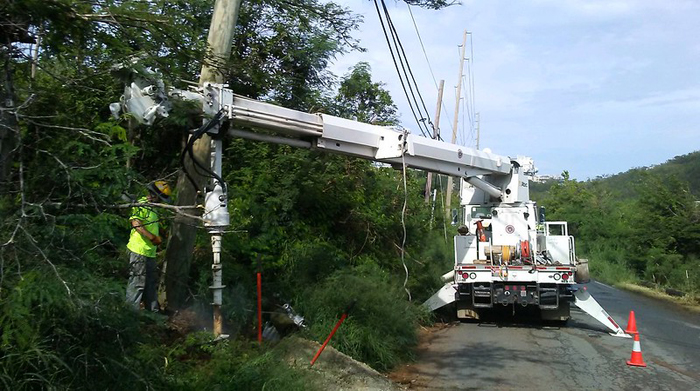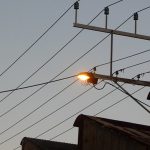3 Ways Electric Utilities Can Work Better with Local Government Agencies

Image courtesy of Western Area Power under Attribution 2.0 Generic License, resized to 700 x 391 pixels.
I recently read an interesting article about how electric utilities can strengthen their bond with local government agencies to make power restoration efforts more efficient. As usual, it’s all about communication!
How Utilities and Local Government Can Enhance Coordination & Communication
The 3 recommendations fall under the umbrella of communication, and they really boil down to relationships, team building, and clarity in terms of roles and structure. They recommendations are, in no particular order:
Establish an Incident Command System (ICS)
This might seem like an obvious one, but I think it’s worth mentioning nonetheless. Adopting an ICS structure helps utilities coordinate during emergencies not only internally, but with external parties as well…especially external parties that also utilize the ICS structure.
With ICS, there is one incident commander for the utility, and the support teams are trained in specific functional areas. Objectives and deadlines are established from the outset to facilitate consistent communications with employees, customers, regulators, and local, state and federal officials, so everyone is aligned and marching to the same outage-restoration drumbeat.
Invite external stakeholders to participate in drills & exercises
Every electric utility should be conducting an exercise and/or drill at least once a year, as this is the best way for employees to understand and practice their storm roles. Similarly, local government and other external stakeholders should be invited to participate as well. Not only will this help the external stakeholders learn the ropes so to speak, but it will also help utility personnel get to know the external personnel and keep tabs on any change in their roles.
Create an online portal
The purpose is to create a real-time communication tool for local government leaders across the service territory. It could be used before a storm to request each municipality’s top 3 priorities for restoring power; to facilitate 2-way communication between fire, police, government and utility personnel; or even to share data from the outage management system (OMS).
There’s no doubt about it, establishing and nurturing relationships with local government officials, as well as with other external stakeholders, will pay off in spades whenever all parties need to work together during an emergency event.



